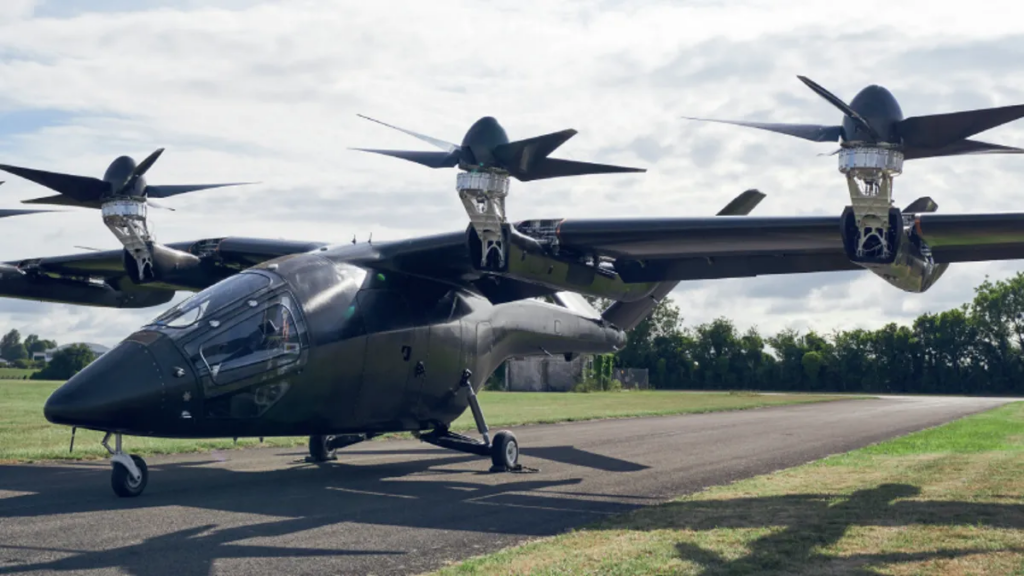In a futuristic move, the Federal Aviation Administration (FAA) has finalized a new rule that clears the way for air taxis to enter U.S. skies. The regulation milestone defines pilot training requirements and operational guidelines in the journey toward launching flying cabs. With this framework, air taxi manufacturers and operators are now closer to making these vehicles a reality.
What’s Happening & Why This Matters
The FAA’s 880-page rule outlines essential qualifications for certifying pilots and instructors while also setting minimum safe altitudes and visibility requirements for air taxis. According to FAA Administrator Michael Whitaker, the rule is a necessary “final piece” to ensure the safe introduction of air taxis, covering the regulatory gaps related to the unique nature of these vehicles, which combine elements of both helicopters and airplanes. Whitaker emphasizes that the regulation is intentionally flexible to accommodate the diversity in air taxi designs expected to emerge .
The FAA specifies that air taxi pilots must log at least 100 hours of flight experience including 50 hours specifically in air taxis, before any certification. Furthermore, the vehicles are restricted from flying below 300 feet in “vertical lift fly mode” during daylight hours, with the minimum altitude increasing to 500 feet in “wing-borne” mode. The rules allow air taxi pilots to train on single-control vehicles — a departure from traditional dual-control requirements for helicopters — which reflects the FAA’s flexible, performance-based approach.
Safety and Operational Requirements
The rule also mandates that air taxis operate within designated helicopter routes and maintain communication with air traffic control when necessary. By adopting helicopter operational guidelines, the FAA want to ensure that air taxis safely coexist with traditional aircraft in shared airspace. “The responsibility now shifts to manufacturers and operators,” Whitaker added, stressing that only vehicles meeting stringent safety standards will be cleared for commercial use. Some companies, he noted, are already close to meeting these requirements.

Potential Impact on Urban Mobility
The FAA’s air taxi rule creates a new outlook for next-generation urban transportation where innovation meets regulation. By establishing a framework that balances flexibility with safety, the FAA is fostering an environment where air taxis can become mainstream options for mobility. For commuters in congested areas, air taxis offer a plausible solution to traffic woes, providing faster, on-demand transportation that literally rises above ground congestion. This regulatory development signifies a readiness to adapt transportation rapidly through aviation technology.
TF Summary: What’s Next
With the regulatory framework now in place, the focus turns to air taxi manufacturers and operators to meet the FAA’s safety standards. As companies make progress toward final models, the first commercial air taxis may be airborne within the next decade. The FAA’s advancement lights the skyways for flying cabs becoming a common urban mobility convenience.
— Text-to-Speech (TTS) provided by gspeech



